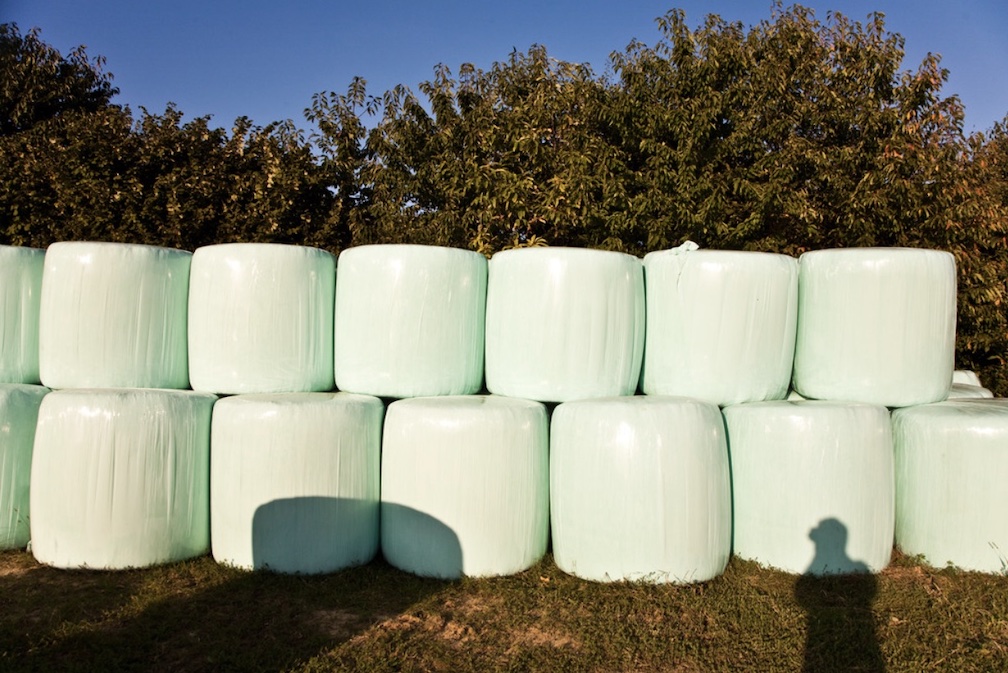Silage Film Redefines Crop Storage and Management Practices
- Written by Business Daily Media

Silage film is a remarkable plastic wrap utilized in agricultural practices to safeguard crops and forage during storage. This innovative material plays an integral role in preserving the quality of the crop and feed for livestock, particularly in the dairy and beef industries. Its primary function is to eliminate the ingress of oxygen, moisture, and pests, thus reducing waste while extending the shelf-life of stored feed. Additionally, the use of silage film decreases the time required to feed animals and maintains animal health by preventing spoilage.
One of the main benefits of using Silage film is its ability to maintain the quality of stored feed by keeping out oxygen, moisture, and pests, while also reducing waste. By creating an effective barrier against air, moisture, and ultraviolet radiation that can cause spoilage, Silage film helps reduce spoilage of stored forages and extends the lifespan of the feed. This results in more cost-effectively and efficient preserving feed for livestock, particularly in the dairy and beef industries.
Additional Benefits of Silage Film: Extended shelf life: Silage film helps extend the shelf life of crops and forage by reducing spoilage caused by exposure to air and moisture.
Improved feed quality: Silage film helps preserve the nutritional quality of stored forage by reducing the growth of harmful microorganisms.
Time-saving: Silage film reduces the need for frequent feeding, as livestock can consume larger amounts of preserved forage in one feeding, reducing the time and labour required for feeding.
Increased efficiency: The use of silage film can improve the efficiency of harvesting and storing crops, as it reduces the risk of crop losses and the need for additional storage space.
Cost-effective: Silage film is a cost-effective way to preserve forage compared to other methods, such as drying or ensiling.
Environmental benefits: The use of silage film can help reduce environmental impacts, as it reduces the need for artificial fertilizers and pesticides, and helps reduce greenhouse gas emissions from livestock production.
In addition to reducing waste, Silage film also helps reduce the amount of time needed for feeding animals, as well as helping keep animal health in check. It provides a clean and hygienic environment for feed storage, preventing contamination and the growth of harmful bacteria. Silage film also allows for easier management of feed inventory, allowing farmers to plan their feed usage and minimize waste.
There are three main types of Silage film available today: low-density polyethene (LDPE), high-density polyethene (HDPE), and oxo-biodegradable films. LDPE films are easily stretched over the top of the crop or bale without tearing or breaking, making them an ideal choice for silage wrap applications. HDPE films are more rigid and provide better puncture resistance, making them a good option for wrapping round bales. Oxo-biodegradable films are a newer option that provides the same benefits as traditional Silage films but is designed to break down over time, reducing waste and environmental impact.
Installing and maintaining silage film is crucial to ensuring a successful harvest. Prepping the surface before installation is key, as it ensures that the surface is free from debris and clean. Moreover, installing the film without wrinkles or folds is essential to ensure that it adheres to the surface properly. Various methods can be utilized when installing silage films, such as laying out rolls of sheeting or cutting individual pieces with scissors or a utility knife and taping them together with gaffer tape or staples. The elimination of air pockets is essential before proceeding with the installation.
Conclusion:
Silage film is a cost-effective, easy-to-use, and durable product that benefits farmers and ranchers. It reduces spoilage of stored forages by providing an effective barrier against air, moisture, and ultraviolet radiation. Silage film is an indispensable tool in modern agriculture that helps farmers maximize their crop yields while minimizing waste.







